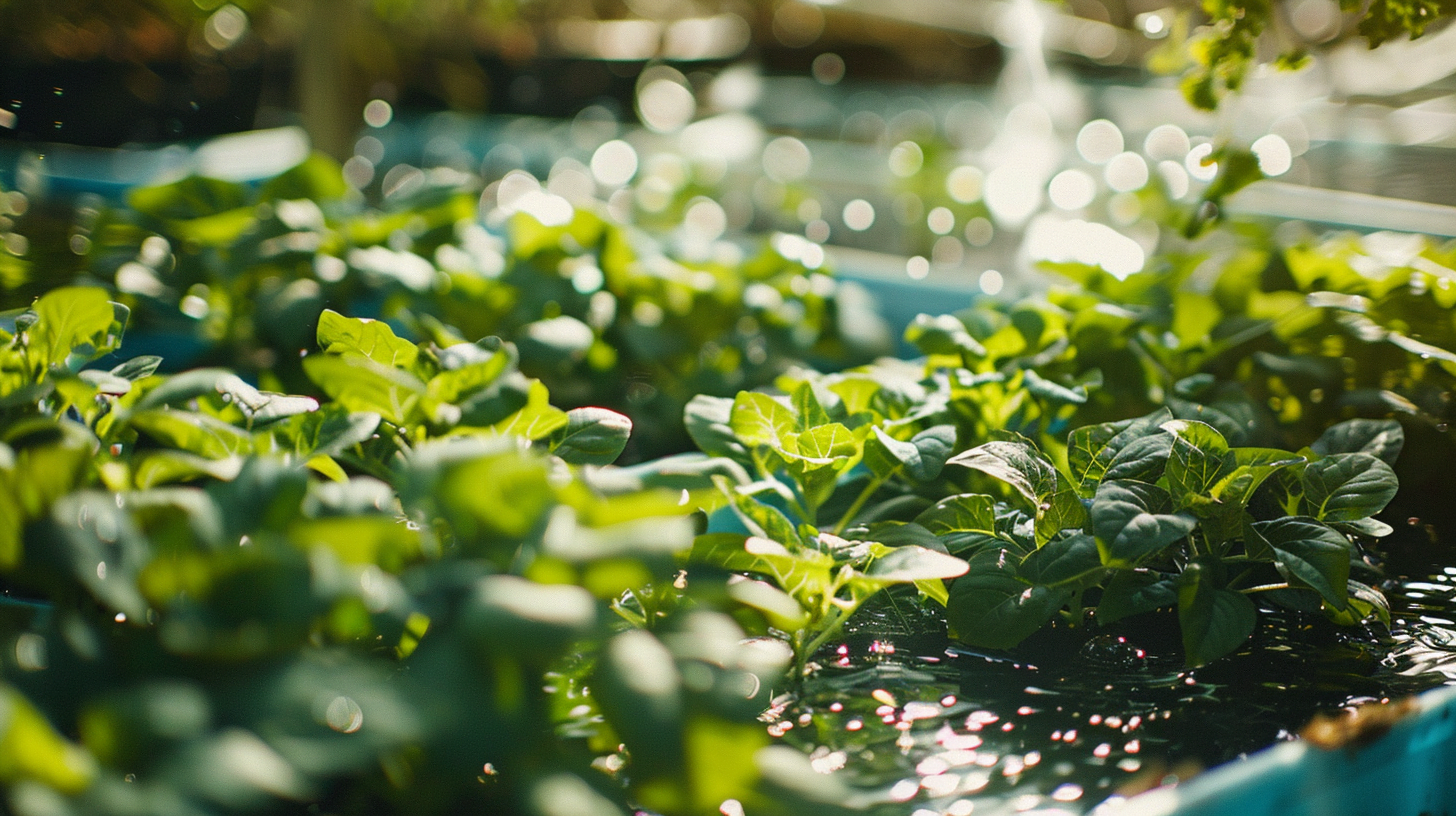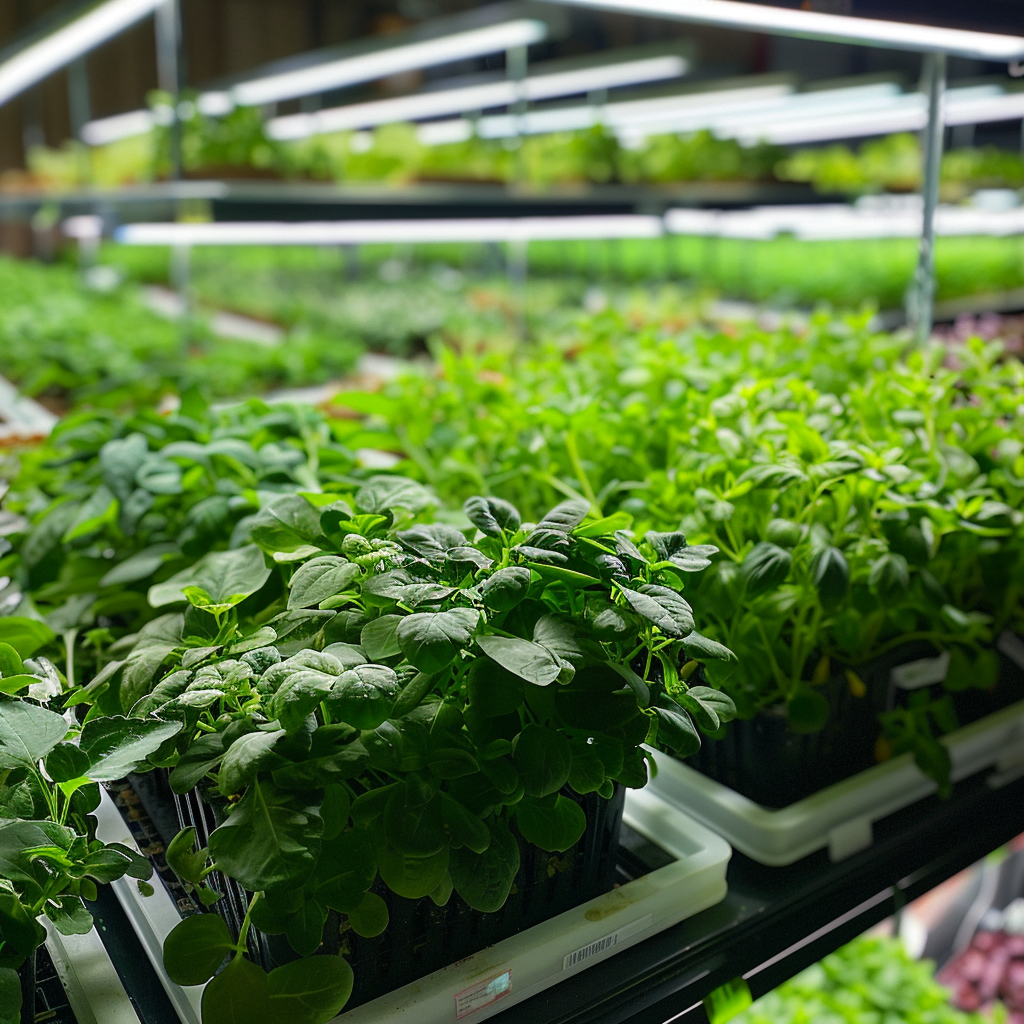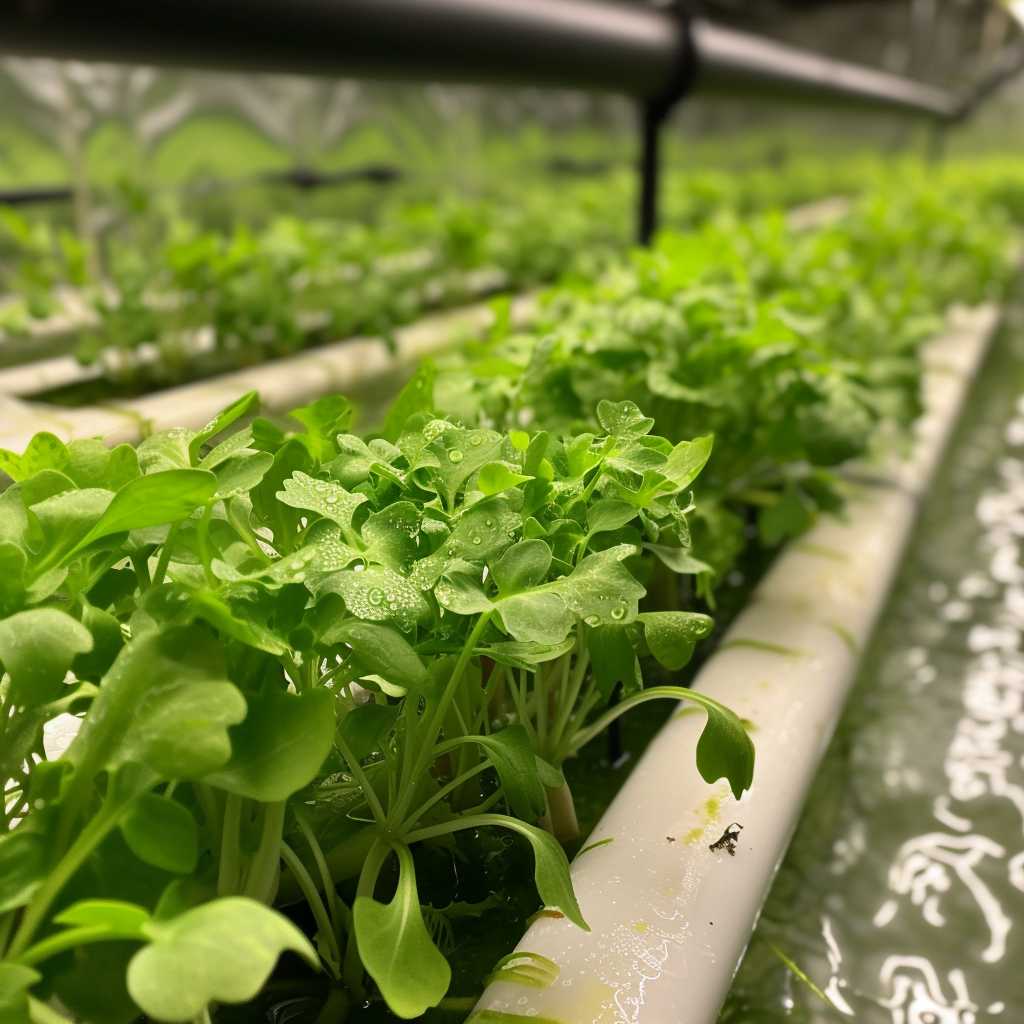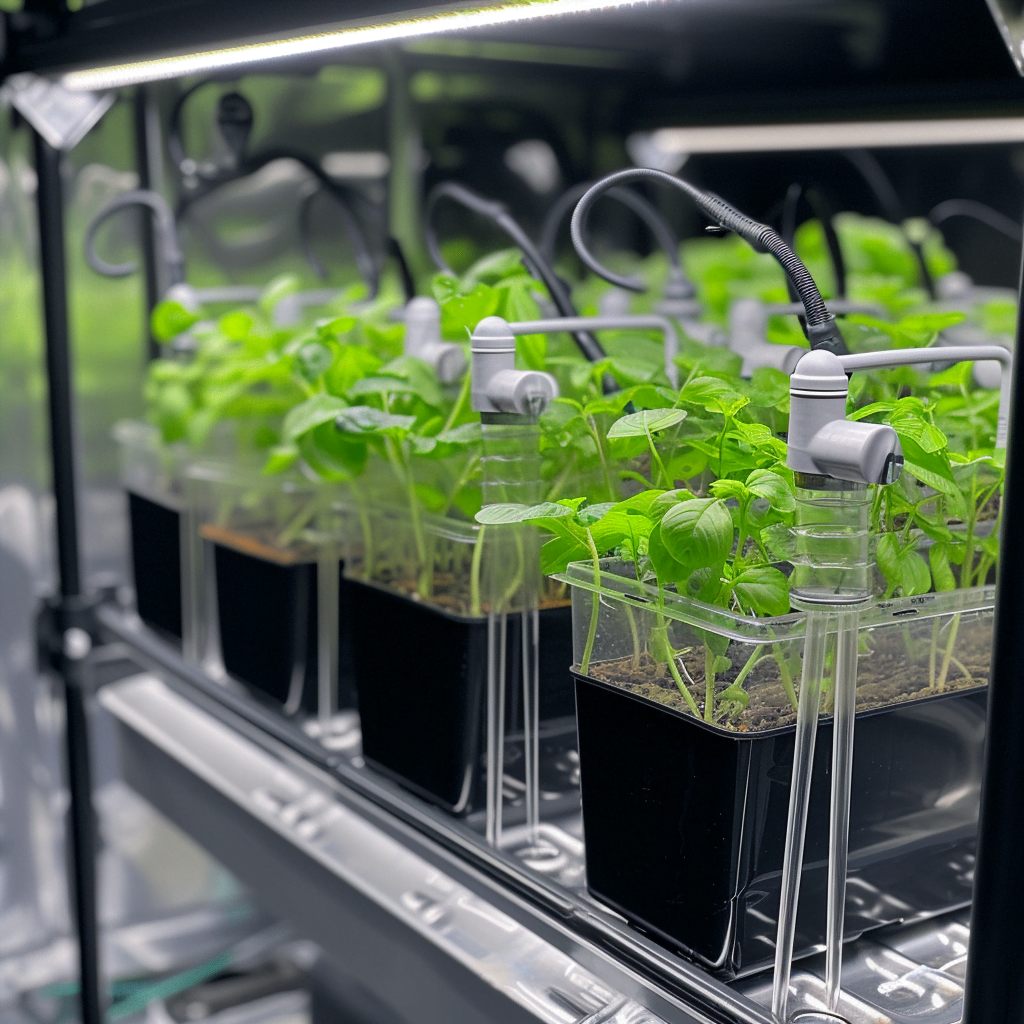Are you a coastal dweller looking to start a hydroponic garden? Hydroponic gardening is an excellent way to grow fresh produce in areas with limited space or challenging soil conditions. However, choosing the right hydroponic system for your coastal location is crucial for success. In this comprehensive guide, we’ll explore the key factors to consider when selecting a hydroponic setup that can thrive in the unique conditions of coastal environments.
Understanding the Challenges of Hydroponic Gardening in Coastal Areas
Before diving into the best hydroponic systems for coastal locations, it’s essential to understand the specific challenges these areas present:
- High Humidity Levels: Coastal regions often experience high humidity, which can lead to mold growth and plant diseases if not properly managed.
- Exposure to Salt Spray and Corrosive Sea Air: The salty, moist air in coastal areas can corrode metal components and damage sensitive plant tissues.
- Risk of Flooding and Storm Damage: Coastal locations are more prone to flooding and severe weather events, which can damage or destroy hydroponic setups.
- Limited Space: Many coastal dwellers live in apartments or homes with small outdoor spaces, requiring compact and efficient hydroponic systems.
Key Considerations for Selecting a Hydroponic System
When choosing a hydroponic system for your coastal location, keep these factors in mind:
- Durability and Corrosion Resistance: Opt for systems made from sturdy, corrosion-resistant materials like food-grade plastics or stainless steel to withstand the harsh coastal environment.
- Space Efficiency: Look for vertical or compact designs that maximize growing space in limited areas, such as balconies or small patios.
- Humidity Control: Choose a system with good airflow and drainage to prevent excess moisture buildup, which can lead to mold and disease issues.
- Portability: Consider a system that can be easily moved indoors or to higher ground in case of flooding or severe weather events.
Top Hydroponic Systems for Coastal Environments
Based on the unique challenges and considerations for coastal locations, here are some of the best hydroponic systems to consider:
1. Vertical Hydroponic Systems
Vertical hydroponic systems are ideal for maximizing growing space in small coastal apartments or patios. These systems often use durable, corrosion-resistant materials like food-grade plastic and allow for good airflow to prevent excess humidity buildup. Some popular vertical hydroponic systems include:
- Tower Gardens
- ZipGrow Towers
- Verti-Gro Systems
2. Ebb and Flow (Flood and Drain) Systems
Ebb and flow systems are another excellent option for coastal environments. In these setups, the growing medium is periodically flooded with nutrient solution, which then drains back into a reservoir. This process helps prevent stagnant water and reduces the risk of mold growth. Key features of ebb and flow systems include:
- Sturdy plastic grow trays and reservoirs that resist corrosion
- Adjustable flood cycle timers to manage humidity levels
- Option to place the entire system on wheeled platforms for easy relocation if needed
3. Nutrient Film Technique (NFT) Systems
NFT systems are characterized by a constant flow of nutrient solution through channels, which prevents water from sitting stagnant and minimizes humidity issues. These systems are often compact and well-suited for limited coastal living spaces. Some advantages of NFT systems include:
- Channels made from durable, corrosion-proof plastics
- Efficient use of water and nutrients
- Excellent drainage and aeration for plant roots
4. Aquaponic Systems
Aquaponic systems combine hydroponics with fish farming, creating a sustainable and symbiotic growing environment. Fish waste provides nutrients for the plants, while the plants help purify the water for the fish. Aquaponic systems can be a great choice for coastal locations because:
- The closed-loop design is water-efficient, which is beneficial in drought-prone coastal areas
- Fish tanks and grow beds can be made from resilient materials like fiberglass or food-grade plastic
- The presence of fish adds biodiversity and helps create a more balanced growing environment
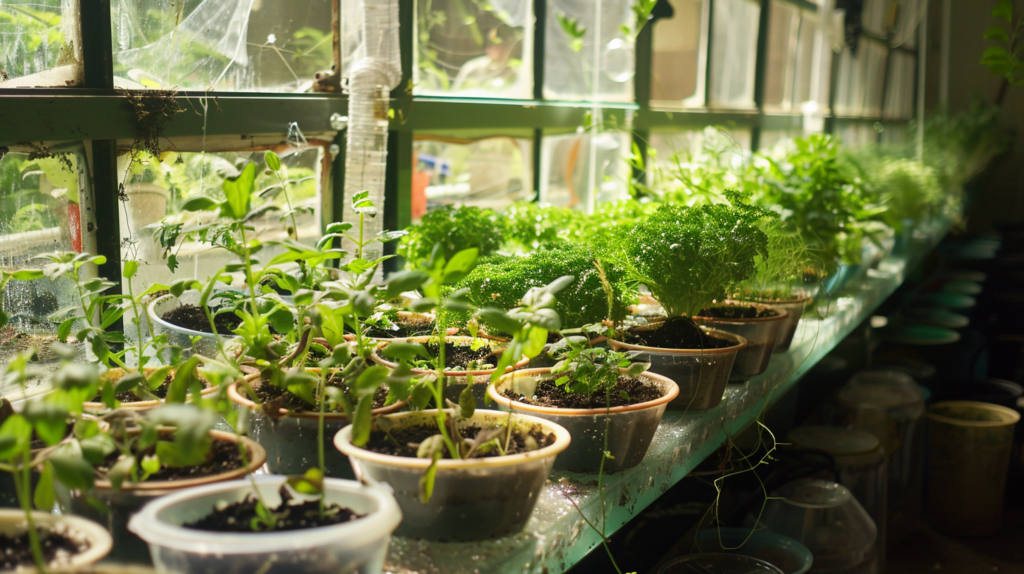
Choosing the Right Growing Medium
In addition to selecting the appropriate hydroponic system, it’s crucial to choose a growing medium that can withstand the high humidity and moisture levels in coastal environments. Some recommended growing media include:
- Expanded clay pebbles (hydroton)
- Perlite
- Coconut coir
Avoid growing media that retain excess moisture, such as rockwool or peat, as these can exacerbate humidity issues.
Managing Humidity and Protecting Your System
To further ensure the success of your coastal hydroponic garden, implement these humidity management techniques:
- Ensure proper ventilation with fans, vents, and dehumidifiers if needed
- Monitor humidity levels regularly with a hygrometer
- Avoid overwatering and use a well-draining growing medium
- Consider fogponics or aeroponics systems that use minimal water
Additionally, protect your hydroponic setup from coastal weather events by:
- Securing systems with wind-resistant anchors and tie-downs
- Using shatter-resistant materials for any glass or plastic components
- Elevating and covering electrical equipment to prevent water damage
- Having a backup power source like a generator in case of outages
Real-World Success Stories
Many coastal hydroponic gardeners have found success by choosing the right system and adapting to their unique environment. Here are a few inspiring examples:
“I live in a small beach house and always struggled to grow my own fresh produce. After researching hydroponic systems suitable for coastal areas, I invested in a vertical NFT setup. It’s been a game-changer! I now have a thriving garden on my patio, and the constant nutrient flow keeps humidity issues at bay.” – Sarah, Florida
“As a restaurant owner in a coastal town, I wanted to offer the freshest ingredients to my customers. I decided to install an aquaponic system on our rooftop. The fish waste nourishes our herbs and greens, and the plants keep the water clean for our tilapia. It’s a win-win situation, and our customers love knowing their food is grown right above the restaurant!” – Chef Michael, California
Conclusion
Hydroponic gardening in coastal locations comes with its own set of challenges, but with the right system and knowledge, you can create a thriving and productive garden. When selecting a hydroponic setup for your coastal home, prioritize durability, space efficiency, humidity control, and portability.
By opting for systems like vertical hydroponics, ebb and flow, nutrient film technique, or aquaponics, and choosing appropriate growing media, you’ll be well on your way to enjoying fresh, homegrown produce year-round. Don’t forget to manage humidity levels and protect your system from the elements to ensure long-term success.
With dedication and the right setup, you can overcome the challenges of coastal hydroponic gardening and reap the rewards of a bountiful harvest. Happy growing!
